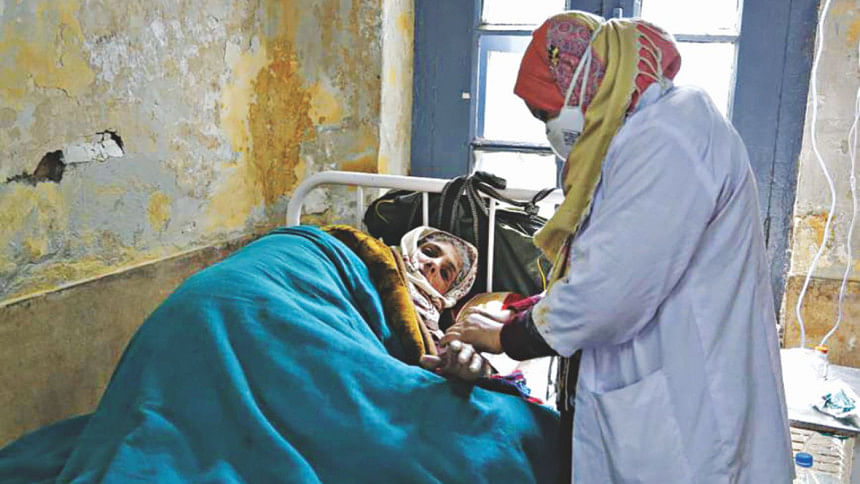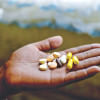Facts about XDR-TB

XDR-TB, an abbreviation for extensively drug-resistant tuberculosis (TB), is a form of TB which is resistant to at least four of the core anti-TB drugs. XDR-TB involves resistance to the two most powerful anti-TB drugs, Isoniazid and Rifampicin, also known as multidrug-resistant (MDR-TB), in addition to resistance to any of the Fluoroquinolones (such as Levofloxacin or Moxifloxacin) and to at least one of the three injectable second-line drugs (Amikacin, Capreomycin or Kanamycin).
MDR-TB and XDR-TB both take substantially longer to treat than ordinary (drug-susceptible) TB, and require the use of second-line anti-TB drugs, which are more expensive and have more side-effects than the first-line drugs used for drug-susceptible TB.
If TB bacteria are found in the sputum, the diagnosis of TB can be made in a day or two. To confirm XDR-TB, however, it may take from 6 to 16 weeks.
XDR-TB patients can be cured, but with the current drugs available, the likelihood of success is much smaller than in patients with ordinary TB or even MDR-TB. Cure depends on the extent of the drug resistance, the severity of the disease and whether the patient's immune system is compromised.

 For all latest news, follow The Daily Star's Google News channel.
For all latest news, follow The Daily Star's Google News channel. 








Comments